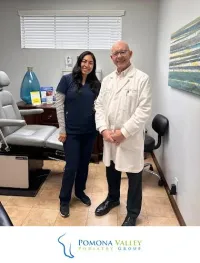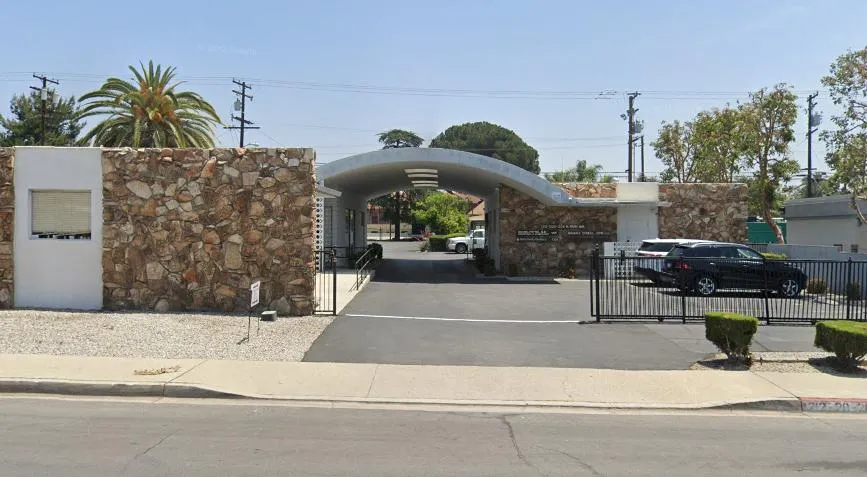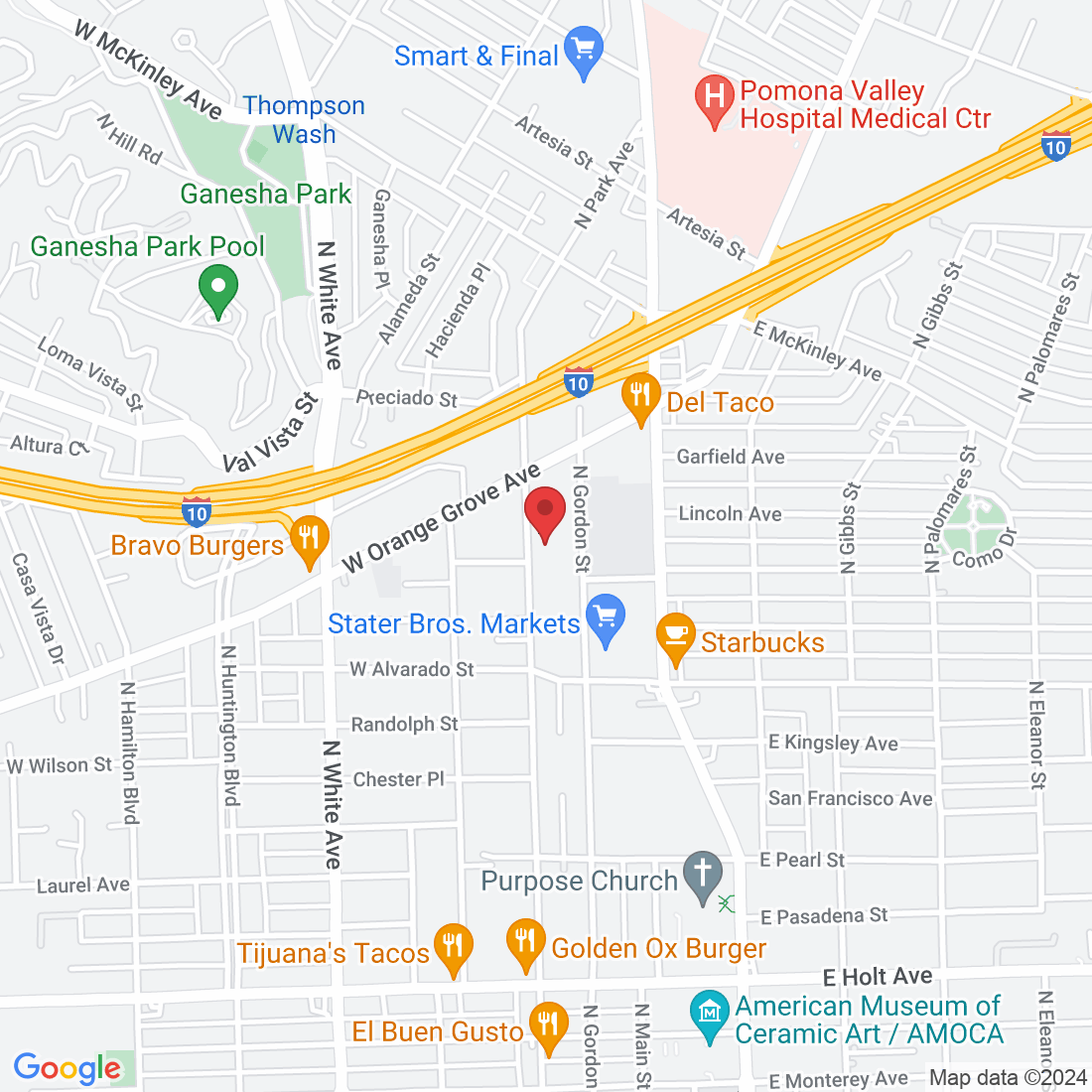
Verruca or Wart? Clarifying the Difference and How to Treat Them in Pomona
Most people use the words verruca and wart interchangeably, and in one sense that’s accurate—both are growths caused by the human papillomavirus (HPV). Yet there’s a key distinction worth knowing: all verrucas are warts, but not all warts are verrucas. Understanding the difference matters, because where the growth appears on your body often determines how painful it becomes and which treatment will work best. If you live in Pomona or the surrounding communities, here’s a closer look at what sets these lesions apart and how to deal with them effectively.
What Exactly Is a Wart?
A wart is a small, rough growth that forms when HPV enters the skin through a tiny cut or scrape. Once inside, the virus triggers rapid cell growth, producing a raised bump. Warts can appear on virtually any part of the body, though they’re most common on the hands, fingers, elbows, and knees. They’re usually painless, though they can itch or become irritated if they catch on clothing or jewelry.
Common types include:
Common warts – Dome‑shaped, rough, and often grayish‑brown, these appear mainly on hands and fingers.
Flat warts – Smaller and smoother, these often crop up on the face or legs in clusters.
Filiform warts – Long and narrow, these tend to grow around the mouth, nose, or neck.
Periungual warts – Found under or around toenails and fingernails, they can disrupt nail growth.
Each variety looks a bit different, but they share the same root cause—HPV.
What Makes a Verruca Different?
A verruca (plural: verrucae) is simply the term for a wart that develops on the sole of the foot, also called a plantar wart. Because the bottom of the foot bears weight with every step, verrucae grow inward rather than outward. This inward pressure can create a dense core that feels like walking on a pebble. You may see a small, circular lesion with tiny black dots (clotted capillaries) and a ring of hardened skin. Many people first notice a sharp pain while standing or running before they even see the lesion itself.
Key characteristics of verrucae:
Location – Always on the plantar surface (heel, arch, or ball of the foot).
Pain – Frequently tender because body weight presses the lesion inward.
Callus formation – Surrounding skin may thicken as a protective response.
Disrupted skin lines – Normal foot ridges are interrupted by the wart.
Understanding these clues helps you decide whether you’re dealing with a regular wart on top of the foot—or a painful verruca beneath it.
How Do You Catch HPV?
HPV thrives in warm, moist environments, which makes locker‑room floors, communal showers, and pool decks prime transmission zones. If you walk barefoot in these areas, microscopic breaks in the skin give the virus an entry point. Sharing socks, shoes, or nail‑care tools can also spread HPV. While anyone can get infected, certain factors raise the risk:
Frequent barefoot exposure (swimmers, gym users).
Weakened immunity (stress, illness, or certain medications).
Foot injuries or cracked skin that allow easier viral access.
Because HPV can survive on surfaces for long periods, prevention revolves around protective footwear, good hygiene, and keeping skin intact.
Treatment Options in Pomona
Whether it’s a common wart or a painful verruca, treatment aims to remove the infected tissue and trigger an immune response to clear the virus. Pomona residents have several options:
Topical solutions – Over‑the‑counter salicylic acid pads or gels gradually peel away layers of the wart. Consistency is key; daily use for several weeks often yields results for smaller lesions.
Cryotherapy – In‑office liquid‑nitrogen freezing destroys wart tissue in short bursts. You may need multiple sessions spaced a few weeks apart, but it’s quick and generally well‑tolerated.
Swift® microwave therapy – A newer, needle‑free approach that delivers controlled microwave energy to heat and denature HPV‑infected cells. Many people see clearance after three short sessions.
Laser treatment – Pulsed‑dye or CO₂ lasers target blood vessels feeding the wart, causing it to wither. This option can be effective for stubborn or clustered verrucae.
Minor surgery – Reserved for tough, painful verrucae, a podiatry professional can excise the lesion under local anesthetic. Proper aftercare minimizes scarring and recurrence.
Immune‑boosting strategies – Adequate sleep, balanced nutrition, and stress management support your body’s ability to fight HPV internally.
When to Seek Professional Help
Small, painless warts on the hand may respond to diligent home care. A verruca that hurts with every step, however, warrants a professional assessment. You should also schedule an appointment if:
The growth bleeds, changes color, or spreads rapidly.
Over‑the‑counter treatments fail after a few weeks.
You have diabetes or circulation issues, which complicate foot lesions.
You’re unsure whether the lesion is a wart, corn, or something else.
Early intervention prevents the virus from burrowing deeper and spreading to other sites—or to family members who share your living space.
Final Thoughts
Distinguishing between a regular wart and a plantar verruca isn’t just academic; it guides the most effective treatment and helps you avoid needless discomfort. In Pomona, you have access to advanced therapies that can clear stubborn lesions and keep your feet pain‑free. If you suspect a verruca or can’t shake a lingering wart, consider booking a comprehensive foot exam. A clear diagnosis and tailored treatment plan will have you stepping out with confidence again—no medieval quest required.
Ask And His Team
Fill in the form to request a Call From Our Team
One of our team will call you for FREE and answer any questions or concerns you may have about your uncomfortable foot condition





